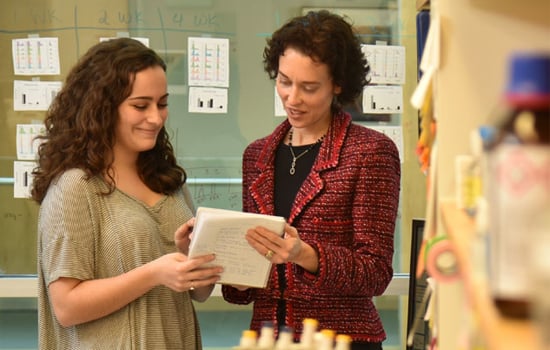Using T-Cells to encourage tissue regeneration

A few years ago, biomedical engineer Jennifer Elisseeff, of the Wilmer Eye Institute, was amid her latest research project when she happened on something she did not expect. She specializes in engineered biomaterials, a broad class of designer synthetic fibers, gels and other materials that can replace, repair and, in some cases, regenerate human tissues that have been damaged by injury, disease or genetic defect.
Elisseeff’s surprise that day was not in a new combination of materials that worked better than those that went before, nor was it some heretofore untested technique. Instead, what she found in her experiments was that after implanting a new gel she was working on, it became surrounded by immune cells.
She would eventually learn that they were T cells, a sort of conductor of the immune response.
“We were surprised that T cells could even respond to a synthetic material,” Elisseeff says now.
Most people know immune cells as the first responders to trauma—killing bacteria, fungi, viruses and other invaders—but there is a hidden side, as well. Immune cells also repair the body. They are both killers and healers. For a biomedical engineer keenly interested in regeneration, the finding was intriguing.
“It hit me that these immune cells might be some sort of early regulatory response for things that happen later in the regeneration process, like the mobilization of stem cells or encouraging new blood vessels to grow,” Elisseeff says.
Today, years after that fateful encounter in the lab, Elisseeff’s unexpected find has altered the trajectory of her research career—and it continues to ripple through the field of regenerative medicine.
